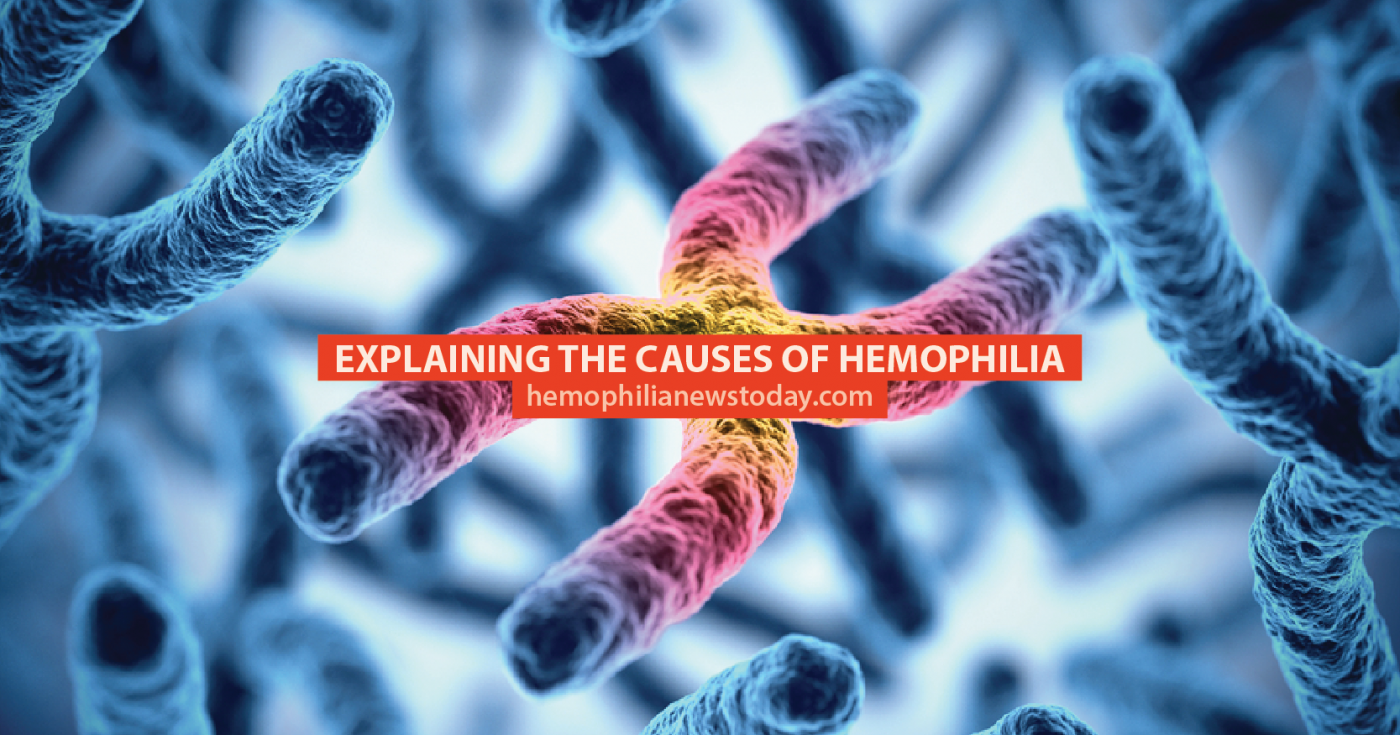Explaining the Causes of Hemophilia

Hemophilia is a disease where a person blood lacks a factor which enables it to clot. This can lead to severe bleeding which can be life-threatening if left untreated.
According to the World Federation of Hemophilia, there are three types of hemophilia: inherited, sporadic, and acquired.
MORE: Five tips for healthy living with hemophilia.
Inherited Hemophilia
This is the most common type of hemophilia and occurs when one or both parents carry a mutated gene on the X-chromosome. Because males only have one X-chromosome, they are more likely to inherit the faulty gene than women, who have two X-chromosomes.
Women are carriers of the disease and some may have lower than average levels of clotting factor but rarely have full-blown hemophilia. Boys born to women with the mutated gene have a 50-50 chance of developing the disease and girls have a 50-50 chance of becoming a carrier.
However, if the father has hemophilia and the mother does not, their sons will not have the disease but their daughters will be carriers, according to the National Heart, Lung and Blood Institute.
Sporadic Hemophilia
This is the term given to a patient who has hemophilia at birth when neither parent has the mutated gene. The mutation occurs sporadically during fetal development. Around 30 percent of hemophilia patients have the sporadic form.
Acquired Hemophilia
Most hemophilia patients are born with the disease but in rare cases, it can develop later in life. Acquired hemophilia usually occurs in older patients, striking in their 60s and is often related to another health condition like an autoimmune disease or cancer. However, according to the Genetic and Rare Diseases Information Center, it can also affect young women who have recently given birth.
MORE: Doctors simultaneously treat a patient’s acquired hemophilia and prostate cancer.
Hemophilia News Today is strictly a news and information website about the disease. It does not provide medical advice, diagnosis or treatment. This content is not intended to be a substitute for professional medical advice, diagnosis, or treatment. Always seek the advice of your physician or another qualified health provider with any questions you may have regarding a medical condition. Never disregard professional medical advice or delay in seeking it because of something you have read on this website.






